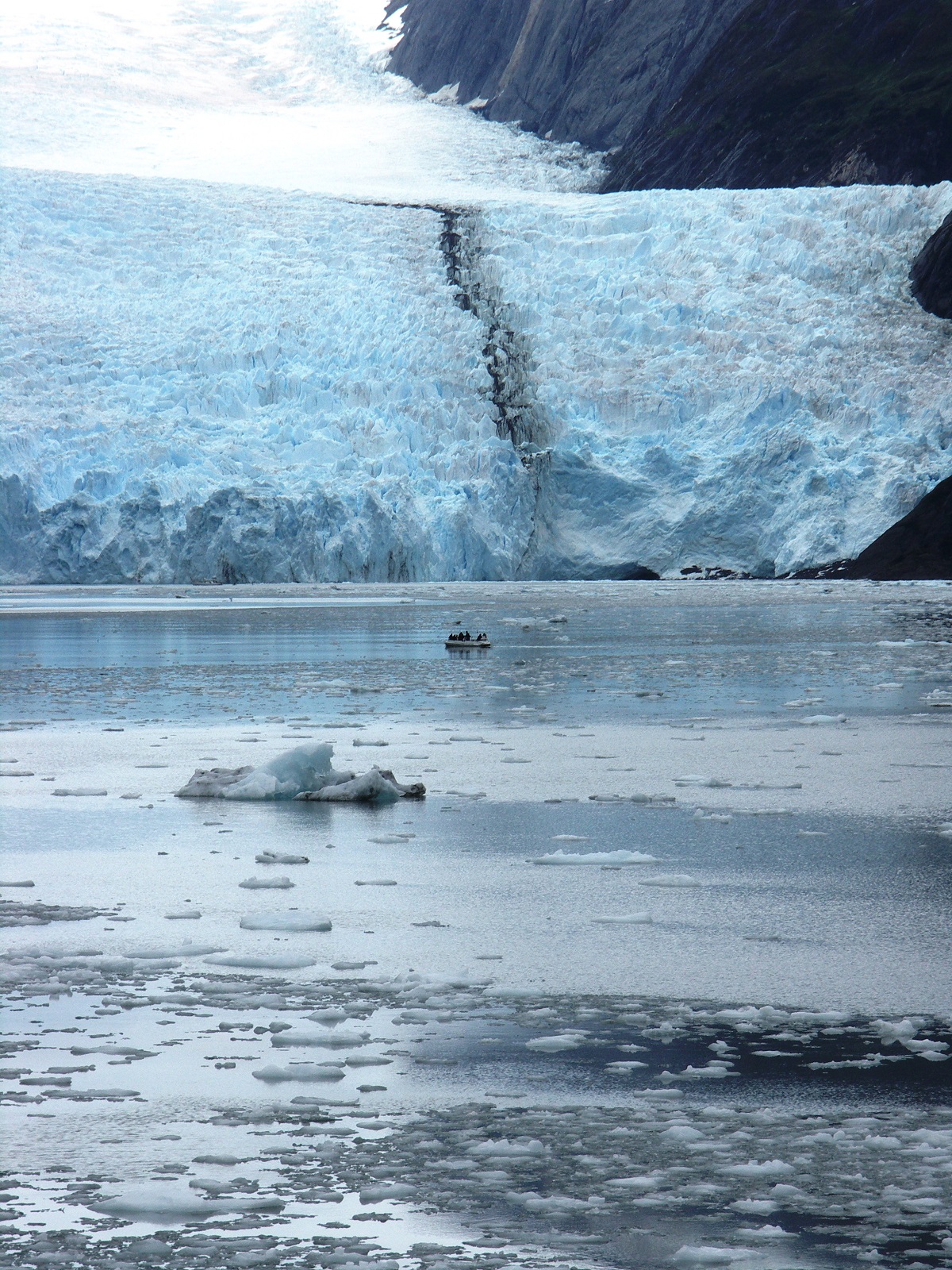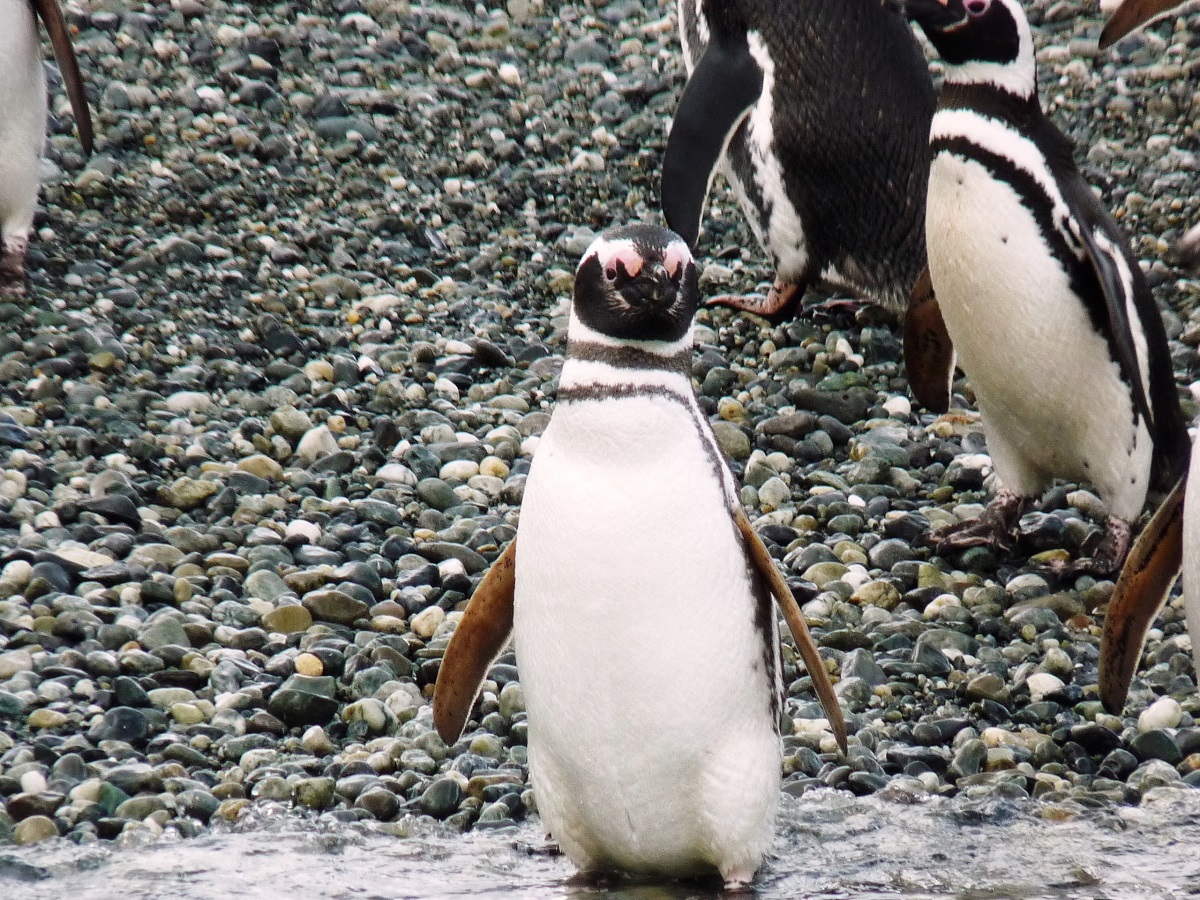Captain’s log. From the Atlantic to the Pacific travelling through the wild and beautiful Patagonia
The itinerary was truly interesting: going through the Magellan Strait to the “other side”, from the Atlantic to the Pacific using the Patagonian channels

Captain’s log. From the Atlantic to the Pacific travelling through the wild and beautiful Patagonia
The itinerary was truly interesting: going through the Magellan Strait to the “other side”, from the Atlantic to the Pacific using the Patagonian channels
I consider myself to be a very lucky person. I’m healthy, I have a great family and I do a job I love. Sailing has always been in my DNA and that of my family and throughout my career I have had the opportunity to travel around the world and see places I never would have imagined.
In 2007 I had the privilege of being hired to command the Tribù (a 50-meter by Mondomarine), one of the first explorer yachts, created with the aim of visiting remote areas of the planet and sail off the beaten track. This was thanks to a visionary and adventurous yacht owner.
During my 4 years on board, the Tribù visited 34 different countries and sailed across many seas: the Mediterranean, Caribbean, Atlantic, Pacific and Tasman Sea, just to name a few. I have great memories of my time on board, even some of the difficult moments: Brazil, Alaska, Canada, New Zealand, Tasmania, Fiji, lost atolls in the Pacific, French Polynesia, all beautiful places. But there is a cruise I will never forget, both for the marvels we saw and the various difficulties we faced.
FROM THE ATLANTIC TO THE PACIFIC: SAILING AROUND PATAGONIA
I met with the ship at Punta Arenas in Chile, after a few weeks’ break following a crossing from Genova to Rio de Janeiro. The itinerary was truly interesting: going across Patagonia through the Magellan Strait to the “other side”, from the Atlantic to the Pacific using the Patagonian channels.
I had spent my holidays (and the months before then) collecting information of all kinds, preparing the course and excursions and I felt I was ready and, like the rest of the crew, terribly excited and a bit worried. No risk, but the variations, especially in the weather at those latitudes, are very complex. We were to embark the passengers in Ushuaia, after approximately 36 hours’ navigation, and we left early so as not to miss the appointment.
USHUAIA: FIN DEL MONDO, PRINCIPIO DE TODO
Already upon departing in the late afternoon we got a glimpse of what awaited us: fantastic views and singular colours. We were sailing through legend: the Tierra del Fuego, the Patagonian channels, Magellan’s course…We reached Ushuaia in the early morning. The city furthest south in the world. There was a billboard, visible from the sea, to welcome us: “Ushuaia, fin del mondo, principio de todo”.
We docked at the only pier available, among ocean going tow boats and a few cargo vessels, waiting for our passengers. After they arrived, and having consulted the weather forecast and various options, we decided to go high: destination Cape Horn. We were already there, only a few hours away, so why not?
We travelled east along the Beagle channel, went through customs in Puerto Williams and after around 16 hours we reached Isla de Hornos. It was a beautiful day, so we decided to reach the end of the cape right away, stopping at Caleata Leon to allow the passengers to land, so they could visit the lighthouse and the monument to the Albatross.
You can imagine what it means to a sailor to be there, in Cape Horn, and having reached it with their own ship. Everything went well, the passengers were happy and came back on board, we raised anchor to circumnavigate the cape and re-enter the channels. First though, I had one thing to do…
I had lost my father a few months before, he was also a sailor and captain and, after he was cremated, I kept the tag with his name on it. I had brought it with me, waiting for the right moment to drop it into the sea, and this is what I did when we doubled round Cape Horn. What better place in the world for it? A great throw, a final goodbye and there we had it, his name at the bottom of the ocean 56 degrees south.
PUERTO WILLIAMS: WELCOME TO MICALVI YACHT CLUB
That same evening we docked in Puerto Williams, and it was finally the time to enjoy some pisco sour at the famous Micalvi Yacht Club. Micalvi is truly a special and singular place. A pseudo yacht club based in an abandoned cargo ship belonging to the Chilean Navy, docked at a pier in Puerto Williams.
It is a magical place, similar to the club in Star Wars, where you can meet anyone, from the Swiss millionaire waiting to embark on a VIP expedition to the Antarctic, to the poor adventurous student. The next few days were equally intense and exciting.
We sailed through the channels of Los Glaciares (Holland, Italy, France, Germany, Romansh) until we reached the Garibaldi glacier where, incredibly, we saw a pair of condors flying over our heads. Another magical moment.
We made another stop in Puerto Natales, to allow the passengers to go on an excursion to Parco de Torres del Paine, then back through the channels, until we reached the Pio XI glacier. Then we turned north, through the Golfo de Peñas, where we were hit with a force 6 gale and, after having visited the San Rafael lagoon, we dropped anchor at Puerto Chacabuco. We stopped to allow the passengers to go on an excursion to Puerto Aysen and Coyhaicue and the day was windy, but nothing different from the previous days.
SAILING IN EXTREME CONDITIONS
We had managed to sail, except in the calm seas of the glaciers, in fairly extreme conditions, with winds and difficult currents. At a certain point, the wind increased and nature showed her strength. A gust of katabatic wind hit the ship and everything started flying.
It only lasted a few seconds and we didn’t have much damage, except for a few deckheads that were ripped off and blown out to seas and, luckily, the anchor held the ship steady. I checked the anemometer right away to see what the intensity of the gust had been. I could hardly believe my eyes: 109 knots, equal to approximately 200 km/h. This was Patagonia, pure nature, in all its intensity, violence and beauty.
The cruise finished in Puerto Montt, where the passengers disembarked, and, after a few days, we continued our journey north, so as not to miss our next appointment in Ecuador, in Guayaquil, where we would begin another fantastic cruise that has forever remained in my heart: the Galapagos Islands.
But this is another story… just like the whale we rammed (inadvertently) in Peru, the earthquake in Vanuatu, diving in the currents in the Tuamotu pass, the Sevu Sevu ritual in the Fiji islands and many other adventures. The Pacific is different, it is adventure, discovery, the unexpected, surprises and, as you may have now learned, it took a piece of me and my heart.
After all, like Bernard Moitissier said, “A sailor’s joys are simple, like those of children.”
Luca Mosca – Captain
Topics: Magellan Strait, Patagonia, sailing patagonia





































